Tree Dragon
Tree dragons are in fact a group of small avian reptile species. They actually have no relationship to True Dragons whatsoever, bar a passing resemblance, except at a much smaller scale, of course. They were given their name by the Gnomes as that is what they were called in their home Realm. Although only the green and white subspecies make a habit of living in trees, all are known as tree dragons.
They usually measure between 30cm and 40cm from the tip of the nose to the base of the tail and weigh around 200g although there is some variation depending on the exact species.
Due to their origins in the Realm of Knud, there is an air of mystery to them, but also an odd whimsey as well. Each separate species is easily distinguishable by their bright colouration, prefered habitat, and each has a unique weapon for catching its prey. It is believed that there is a magical element to all their special attacks, although this is much more obvious in the three metallic species.
As one would expect for such a small creature, they have an animal level of intelligence. They have been measured to be somewhere between that of a domestic dog or cat. This is still extremely high for a reptile, however. It is surmised that this is due in part to their habit of pair bonding for life, and the nurturing and raising of offspring as a family unit.
Despite various attempts, no Tree Dragons have ever been bred in captivity. This, along with the extreme difficulty of their capture, and the added complications of their unique abilities means that they are an extremely rare creature to have as a pet.Sub-Species.
Black Tree Dragon. Lepidosauria Avius Penumbris
While the most common subspecies in terms of sheer numbers, they are also one of the least frequently seen; their natural habitat being deep caves, and their main prey being small bats. It is not uncommon to find large numbers of them inhabiting the deepest areas of caves that have large colonies of bats.
As with all their cousins, they have a talent that aids them in their hunting of these nocturnal flyers. Bats have very sensitive hearing, and the Black Tree Dragons have the ability to create an incredibly loud screech. This sound is so loud that it can stun or incapacitate any bat that it is directed towards.
The sound itself is actually of too high a pitch for most humanoids to hear, however, if a dragon makes its screech in close proximity, it can cause sudden and excruciating headaches that can take a few hours to dissipate.strangely, unlike all other tree dragons, the black subspecies are in fact completely smooth, and without scales. They are instead covered in a leathery skin that is extremely glossy and pure black. It is believed that the glossy skin deflects and confuses the bats own echolocation allowing the dragon to get close enough to use its own screech skill.
Blue Tree Dragon. Lepidosauria Avius Ceruleansis
The blue subspecies always live near water, their main prey being small fish or crustaceans. There may be two distinct varieties of blue; river blues and ocean blues. The river blue is a blue that may have hints towards purple in its scales, especially in the females. The ocean blue, on the other hand, has hints of green towards the tips of the wings and tail. While these are not two separate subspecies it seems that the species is heading in the direction of splitting in the future.
Blue Tree Dragons are strong swimmers and can hold their breath for a considerable amount of time given their small size. They will often sit in trees or on rocks above streams and pools waiting for the moment to strike. When they spot prey below them they will dive directly at the victim and, just as they hit the water, release a huge jolt of electricity, stunning their prey, allowing them to make an easy kill. Sometimes they are able to collect five or six small fish in a single dive using this method.They are covered in long rear facing spines that, while not hard, seem to have some positive effect on their ability to swim.
Green Tree Dragon. Lepidosauria Avius Sylvensis
The most well known of the tree dragon subspecies is the green version. They were the first to be discovered in the Innersea region when they migrated here from their native Realm of Knud. It has even been known for a few extremely wealthy nobles or royalty to possess one as a pet, although breading them in captivity has never been successful.
Their natural habitat is deep in untouched forests where they build nests in the tops of the highest trees. They prey mostly upon insects hunting out the large beetles, but will even take small forest rodents such as mice or voles. Like all tree dragons, they have a special ability to help them with hunting. In the case of greens, it is the ability to spray a small cloud of poisonous gas that can kill an insect within seconds, and even debilitate small rodents. It is not uncommon to see Green Tree Dragons diving straight down chasing an insect that they have killed with their gas cloud as it drops from the sky.Their gas cloud while, deadly to insects, can still cause extreme nausea in humanoids that get caught in its effects. Another reason why they are seldom kept as pets.
Red Tree Dragon. Lepidosauria Avius Ignis
Hot mountain crags in the east and west ranges of the southern desert are the prefered habitat of the Red Tree Dragons. They can often be seen from afar basking in the heat of the sun on the craggy mountainsides. In southeastern Parrusdan they are often seen by the growers of the Galam Jun Peppers, this is where the spices get their nickname of 'dragon chillis'.
While the farmers are happy enough to see the dragons basking in the sun, they are not so happy to see them hunting near their fields. For such small creatures, they can do untold damage very quickly.Their main sources of prey are the mountain rodents that forage for seeds and such mainly during dusk and dawn. The dragons will circle looking for signs of the rodents, then when they spot one, swoop down and rather than grab the creature, they spray it with a chemical that ignites on contact with the air. This turns the hapless creature into a tiny inferno for a few seconds, the dragon can then enjoy its lightly cooked meal with ease.
It is not unusual for the dragons to ignite surrounding vegetation, causing small grass fires, although these are not usually serious in the sparse dry mountains. You can, of course, see why the chilly farmers are not keen on the dragons hunting in their fields.
White Tree Dragon. Lepidosauria Avius Achromis
Unusually for reptiles, the White Tree Dragons seem to thrive in cold conditions. They live in many northern snowy areas largely sticking to the coniferous forests where they prey mostly on small rodents and birds that they hunt during the night.
Their method hunting is to silently stalk their prey, getting slowly closer until they are just a couple of feet away, then the dragon will produce a small squeak sound that will draw the prey's attention. Once the prey is looking in the direction of the dragon, it stands up on its hind legs and opens its wings to their fullest, it then flares its skin into a blaze of pure white blinding light for a split second. The prey creature is thus blinded and stunned, making it easy for the dragon to pounce. How often they can produce this flash is unknown, but it is believed to be as frequent as every five to ten minutes.This blinding flash works equally well on humanoids and other large creatures, of course, causing a few minutes of blindness in the dark, and even mild headaches.
In the very furthest northern reaches, White Tree Dragons are known to hibernate during times of extremely bad weather.
Copper Tree Dragon. Lepidosauria Avius Fervensis
The hottest, open, sandy deserts are the preferred habitat of the Copper Tree Dragon, mainly this means the vast dune seas of the central Vol Jun desert. Here they spend the days buried a few inches below the top layer of sand. In this way, they are protected from the fullest heat of the sun.
They usually hunt during the twilight hours eating large insects or small rodents. They will stalk their prey for a while until they are within a foot or so of it, then they will simply teleport themselves directly onto the prey for an easy kill. Because of the fact that they stalk to within a relatively short distance of their prey, it is believed that this is the maximum range of their teleport ability.Very few of these have ever been owned as pets because of their ability to simply teleport away from captivity.
Silver Tree Dragon. Lepidosauria Avius Argentis
Like their white cousins, the Silver Tree Dragons prefer the colder climes. The silvers, however, find these colder temperatures with altitude rather than latitude. Their favoured habitat is high mountain cliffs well above the tree line. They build their nests in crevices in these sheer rock faces, well away from interference.
They can actually be found in both barrier ranges, both east and west. Their range covers the whole of those ranges, and there are even some found in the far northern mountains of the Geshwarin.Their method of hunting is unique and like the other metallic dragons, based around a form of magic. Their main prey animals are small shrew-like rodents that infest these high mountain areas. They use the updrafts of wind to slowly soar along the cliff surface looking for prey. When they spot it they move in as close as possible, then they teleport the unfortunate creature directly into their grasping claws. There they can perform a quick dispatch while still on the wing. Indeed apart from the time spent building a nest and tending young, Silver Tree Dragons seem to almost never set down on solid ground. Preferring to use the high thermals to soar great distances. Somehow they always seem to be able to find their mate again no matter how far they travel.
Gold Tree Dragon. Lepidosauria Avius Halcyensis
The Golden Tree Dragons are the most mysterious of all the subspecies. Very few are ever seen by the general populous, usually from afar, and very fleeting. Unlike the other colours, they do not seem to have a particularly favoured habitat as such. Instead, they seem to be attracted to magical energy. They seem to be drawn to Korendel Island, it is said there are large numbers all across the island. There are also rumours of sightings in the old forest south of Casteidan, and also in the Vol Jun desert, and areas of the barrier range west of Albium.
Similar to habitat, they do not seem to have a preferred prey either, eating whatever small creatures are available in the areas they are living in. It is unknown exactly how they kill their prey, even though it has been observed many times. They simply get close to a creature, be that rodent, insect, or bird, the dragon watches it for a few seconds and the creature simply collapses dead. One gold was even observed looking into a pool of water, and a fish simply floated to the surface for the dragon to take.With their seeming attraction to magic, they have been known to become familiars to mages, but almost always these mages are permanent residents of Korendel Island with no desire to leave.
Above: Green Tree Dragons.
Intriguing Origins.
Unlike true dragons, Tree Dragons originated in the Realm of Knud and migrated to this Realm just a few thousand years ago, at the same time that the Gnomes and some other species came to this Realm.The fact that the gnomes called them dragons in their Realm, and they do bear an uncanny resemblance to True Dragons from this realm has fascinated scholars for centuries.
List of known Subspecies
Lepidosauria Avius PenumbrisLepidosauria Avius Ceruleansis
Lepidosauria Avius Sylvensis
Lepidosauria Avius Ignis
Lepidosauria Avius Achromis
Lepidosauria Avius Fervensis
Lepidosauria Avius Argentis
Lepidosauria Avius Halcyensis
The wing of a Black Tree Dragon
Showing skin details and lack of scales.
Blue Tree Dragon
A Red Tree Dragon
A White Tree Dragon
A Golden Tree Dragon
Most Famous Specimen
Dinora Quinn is the High Mage of the royal court of Casteidan. She is famous among the common folk of the kingdom for having a Blue Tree Dragon as a Familiar. He is named Gadzook and has accompanied her wherever she goes for the last forty-nine years.For such small creatures, Tree Dragons seem to have extremely long lives, probably due, once again, to their otherworldly origins.
Portrait of Gadzook
Remove these ads. Join the Worldbuilders Guild

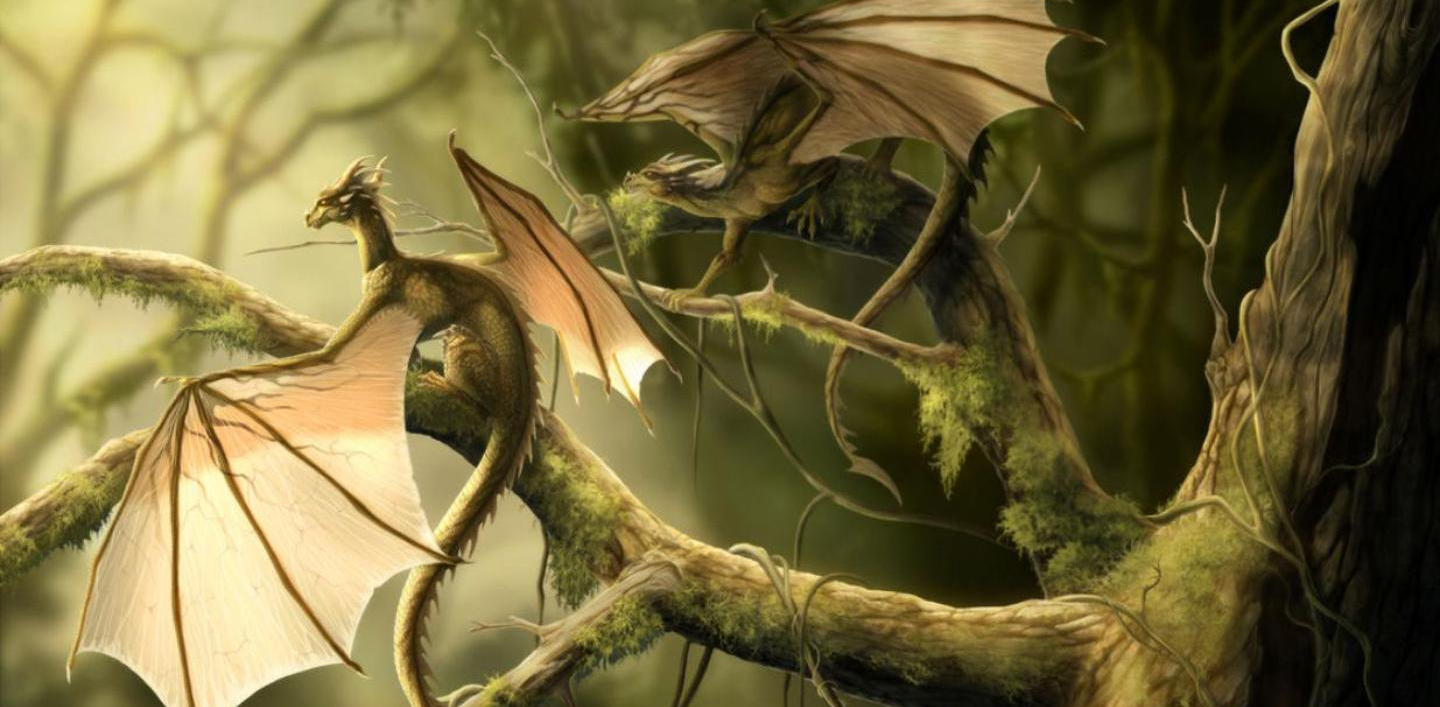
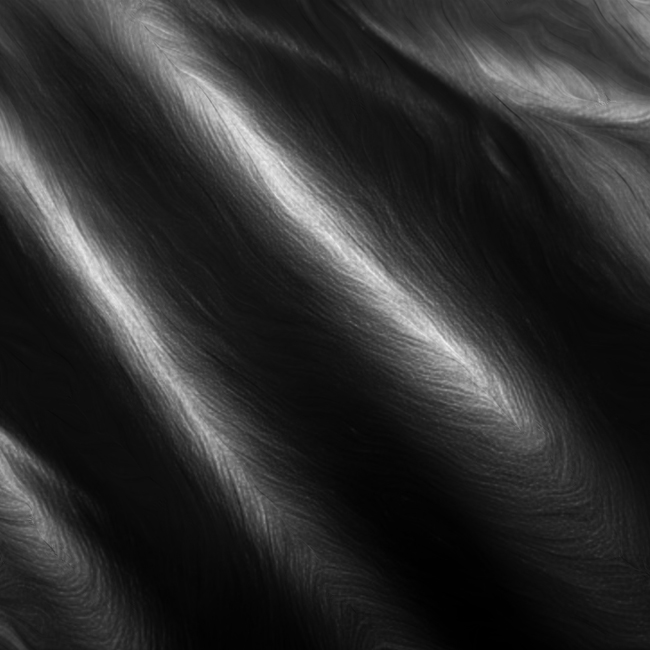
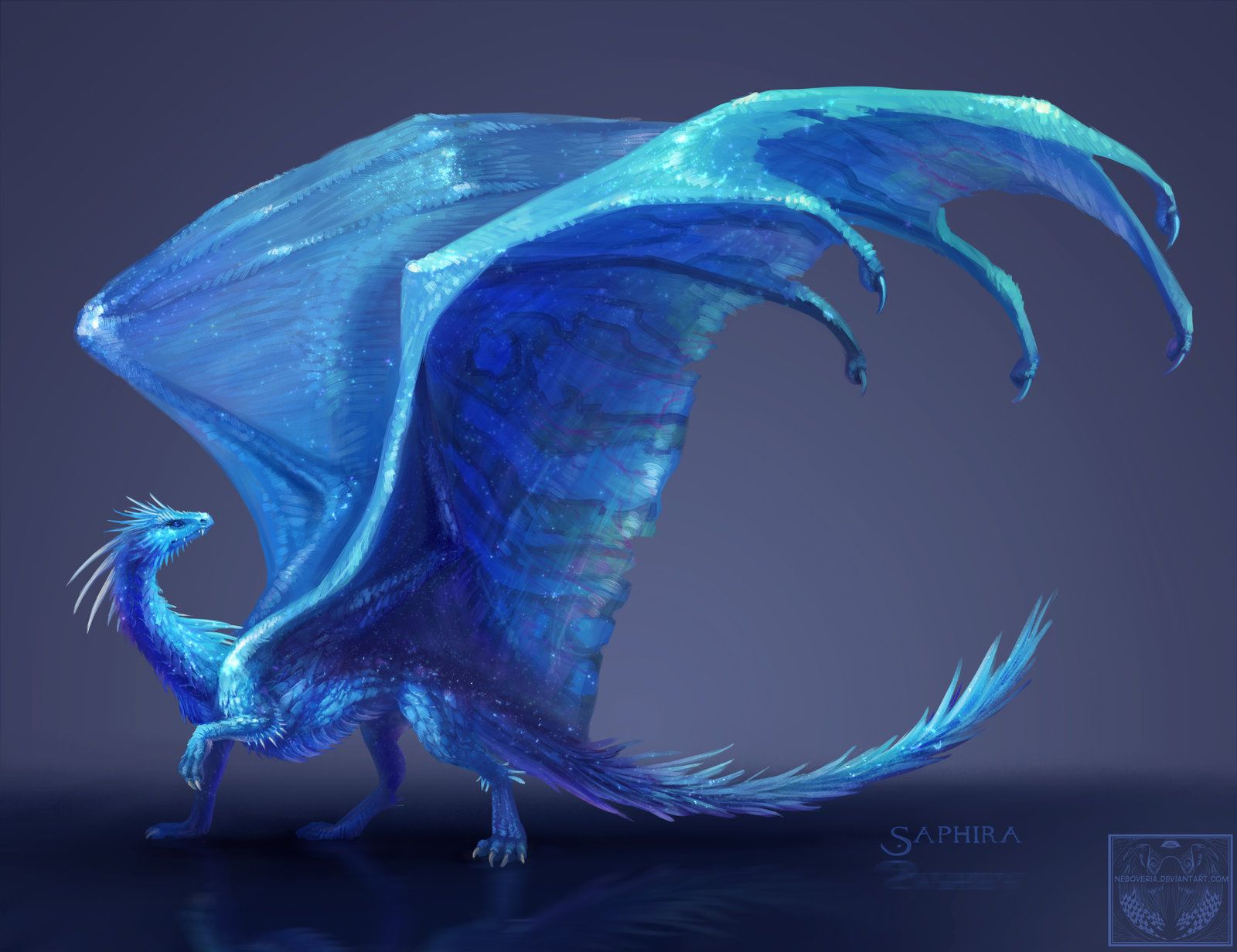
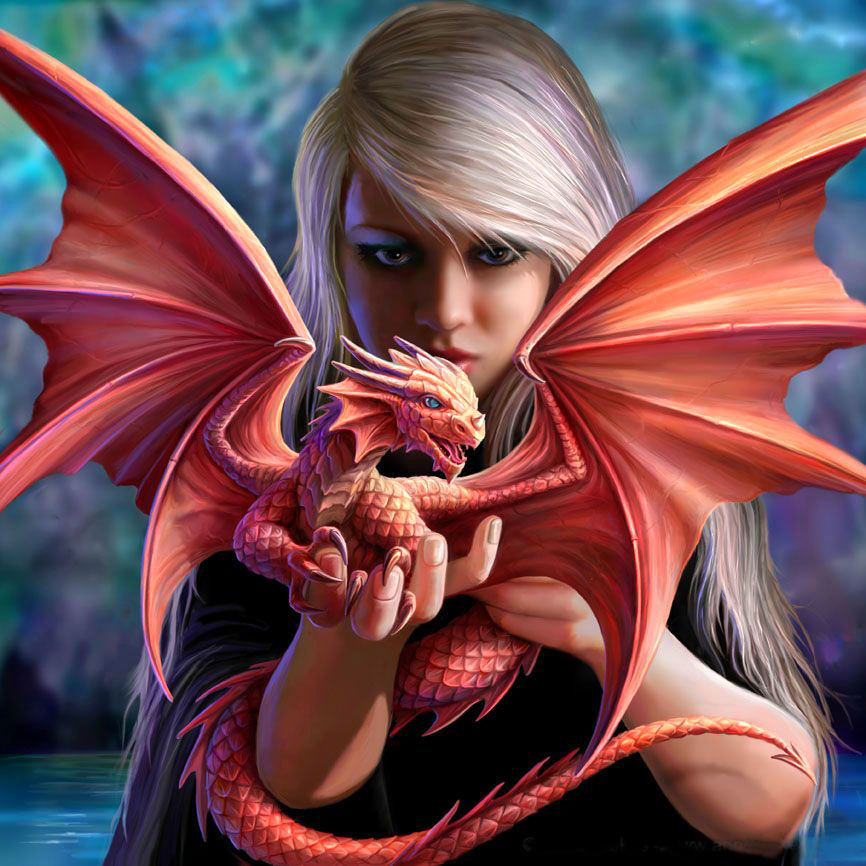
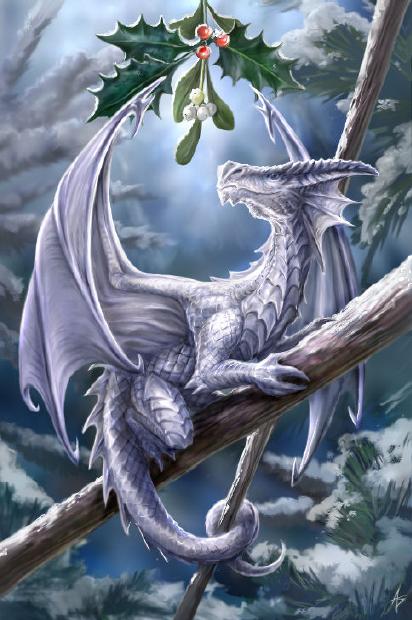
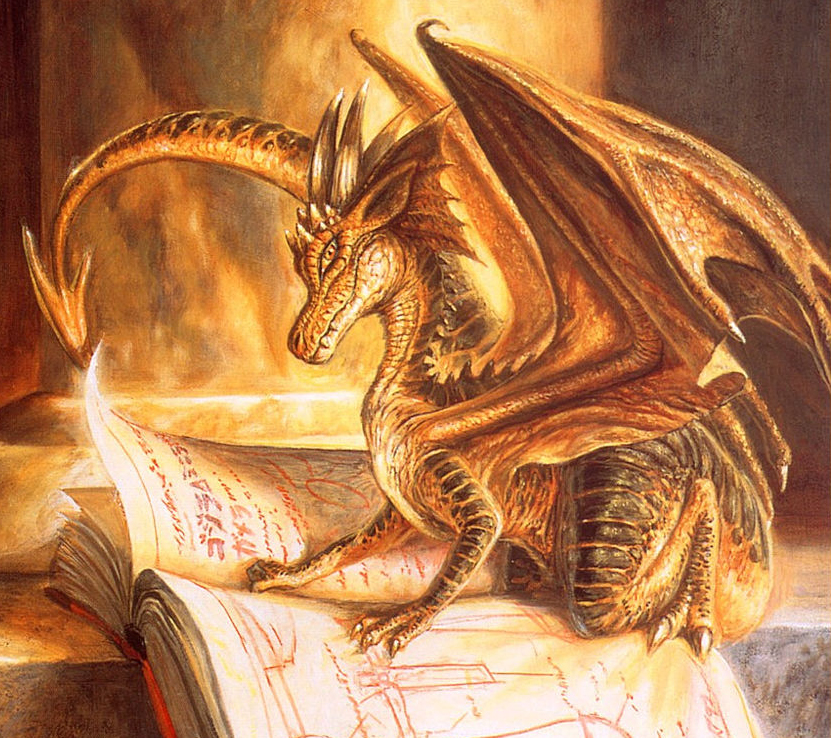
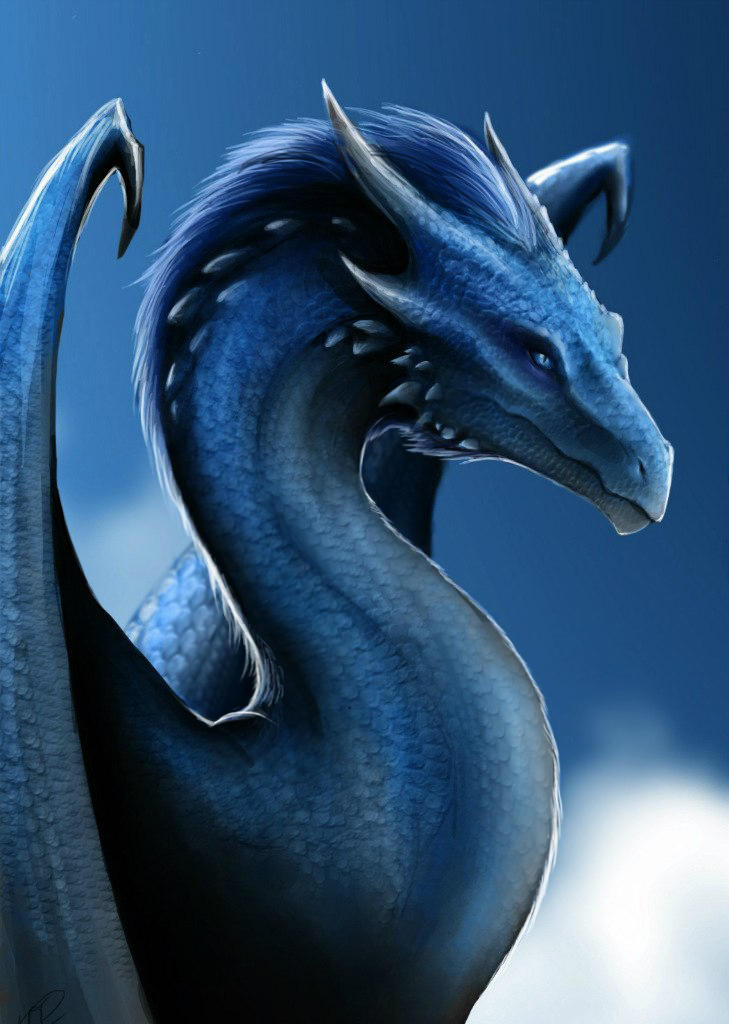







Comments